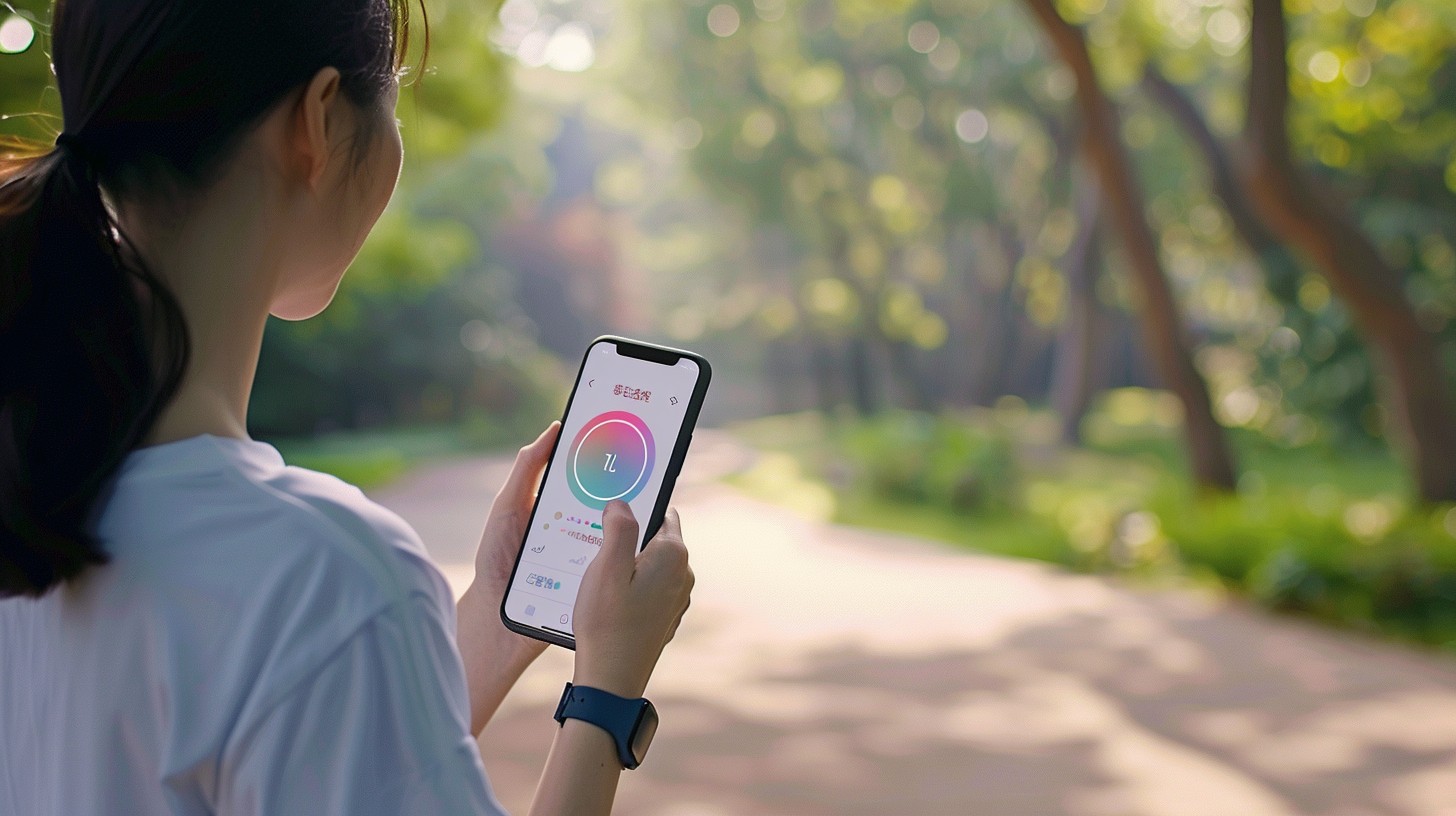Designing an app from scratch is probably one of the most exciting journeys that turn an idea into a real, workable, and user-friendly product. Still, the way to a successful app passes through dozens of design principles which have to be carefully followed.
In this article, we will talk about the top 10 design principles you must bear in mind while building an app from scratch to ensure that your application does not only fulfill the need but also makes waves in the competitive market.
1. User-Centered Design
At the core of any successful application lies a user-centered design approach. At its very essence, this principle means getting to grips with the needs, preferences, and behaviors of your target audience.
Do some in-depth research on users and thereby come up with personas who will drive your design decisions. Incorporate continuous user feedback so that the app stays aligned with the expectations of the user.
2. Simplicity and Minimalism
It is the simplicity of the app design that will make all the difference. There won’t be any complications and further complicities in the ways of users as they shall easily find their way through your app.
A minimalist design reduces the cognitive load, allowing users to focus on the main features. Emphasize clean layouts and ample white space, complemented by lucid and concise content for a perfect user experience.
3. Consistency
Any design is consistent—providing a seamless user experience. It’s the color scheme, typography, button style, or just about any other element in your app. A uniform design element enables users to develop expectations regarding the behavior of the application, thereby making it less confusing and much more useable.
Winston explains this further by stating the need for one style guide in order to display consistency in appearance across all the various screens and interactions.
4. Navigation and accessibility
Effective navigation and accessibility are the keys to user satisfaction. Design intuitive navigation that will allow users to find whatever they want within the shortest period. Imply standard patterns of navigation, such as a bottom navigation bar or side menu, and ensure that the key features or functionalities of an application are at hand.
Furthermore, if you want to make your app available for use by people with disabilities, the guidelines on accessibility must be considered.
5. Performance and Speed
Performance and speed can either make or break your app. People would like to use apps that download within the shortest time and are smooth in their operations. Improve the performance of your app through reducing loading times, lesser useless animations, or compressing media files.
Do frequent testing on different kinds of devices under different network conditions to prevent inconsistent performance.
6. Visual Hierarchy
Visual hierarchy is the creation of an order of aquency through the proportions and obtainment of features on the page. This will guide attention to important features and actions. This is achievable with size, color, contrast, and spacing to create a clear hierarchy.
For instance, large fonts used for heading texts, and at strategic positions, placing call-to-action buttons and visual elements that draw the eyes of the user to them.
7. Feedback and Responsiveness
Feedback and response time are very critical in improving user interaction. Each action a user effects—such as clicking a button or submission of a form—should give instant feedback to the user. This feedback can be visual, regarding, or even audio-visual, with haptic feedback.
Make sure that your app is very responsive to all activities effected by the user to ensure a seamless and ongoing experience.
8. Scalability
Scalability involves developing the design of your app in such a way that it grows with increasing demand. Foresee the future updates and extensions at the time of developing your planning.
Rated technologies and frameworks that make easy work of new features are easily integrated. This principle ensures that your app will evolve gracefully to meet user needs and market trends without requiring a complete redesign.
9. Security and Privacy
At a time when breaches are becoming very common, security and privacy should be at the forefront of app design. Tighten security with measures to protect user data, such as encryption and secure authentication methods. In addition, be very upfront about user data that is collected and processed to comply with GDPR or CCPA.
It can attain long-term success by gaining the trust of the users through safe practices.
10. Testing and Iteration
Testing and iteration are continuous processes that perfect the design of your app. Test bevy at each development process from wireframing to final deployment.
Use different testing techniques such as Usability testing, A/B testing, and Performance testing to find and fix issues. Get user feedback – design, iterate to increase functionality and user satisfaction.
Conclusion
Building an application from scratch is rather challenging but very rewarding.
With these 10 design principles user-centered design, simplicity, consistency, navigation and accessibility, performance and speed, visual hierarchy, feedback and responsiveness, scalability, security and privacy, and testing and iteration you can develop an application according to not only the users’ needs but those that will outperform in the competitive market.
The keys to a successful app lie in truly understanding your users, prioritizing their experiences, and continuous improvement of one’s design. If you adhere closely to these beliefs, the trifecta strong foundation will be laid for your app’s success.
By following these design principles, you will end up providing an application that is not only user-friendly but also has frictionless and engaging experiences.
Be it a veteran developer or a young blood in the app design field, these tenets will help you to create from scratch a successful and user-friendly app.
